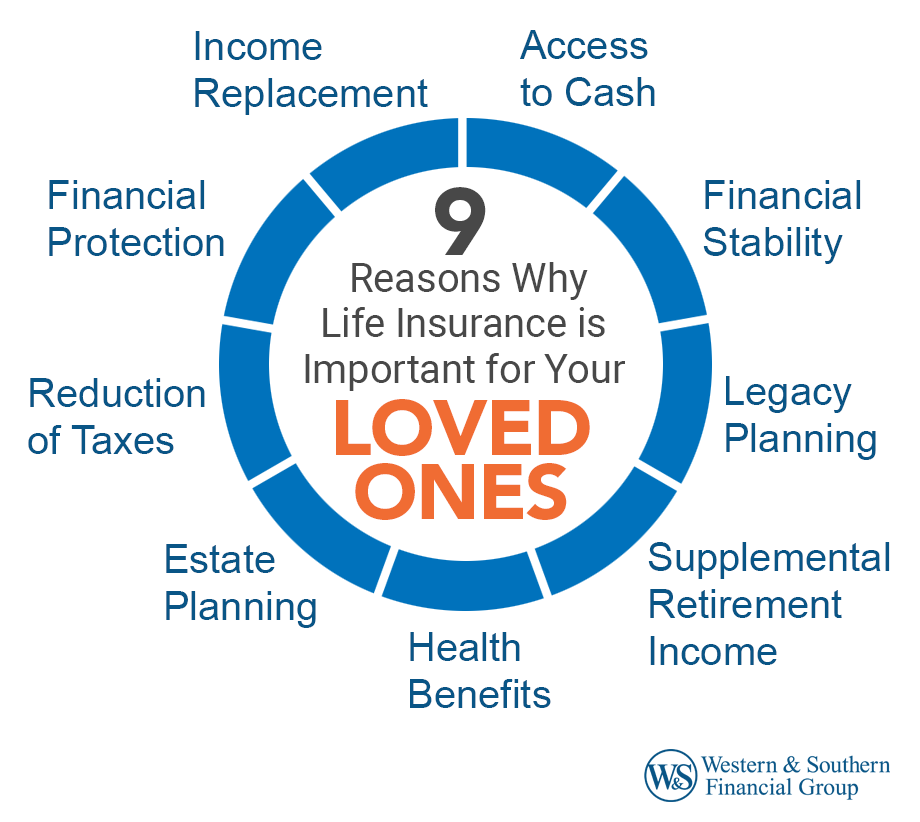The Best Guide To Pacific Prime
The Single Strategy To Use For Pacific Prime
Table of ContentsPacific Prime Things To Know Before You Get ThisThe Definitive Guide for Pacific PrimeNot known Incorrect Statements About Pacific Prime The 3-Minute Rule for Pacific PrimeSome Known Questions About Pacific Prime.

This is because the data were accumulated for a period of solid financial efficiency. Of the estimated 42 million individuals that were uninsured, just about concerning 420,000 (about 1 percent) were under 65 years old, the age at which most Americans become qualified for Medicare; 32 million were adults between ages 18 and 65, around 19 percent of all grownups in this age; and 10 million were youngsters under 18 years of age, concerning 13.9 percent of all youngsters (Mills, 2000).
These quotes of the number of persons uninsured are produced from the annual March Supplement to the Current Populace Study (CPS), performed by the Census Bureau. Unless or else kept in mind, nationwide price quotes of individuals without medical insurance and percentages of the population with different sort of protection are based on the CPS, one of the most commonly used resource of estimates of insurance coverage and uninsurance rates.
The Main Principles Of Pacific Prime

Still, the CPS is especially valuable since it generates yearly price quotes reasonably quickly, reporting the previous year's insurance protection approximates each September, and since it is the basis for a constant set of price quotes for greater than twenty years, enabling analysis of fads in insurance coverage over time. For these reasons, in addition to the substantial use of the CPS in other studies of insurance policy protection that exist in this report, we depend on CPS price quotes, with restrictions noted.

The price quote of the variety of uninsured individuals broadens when a populace's insurance condition is tracked for a number of years. Over a three-year period starting early in 1993, 72 million people, 29 percent of the U.S. https://www.dreamstime.com/pacificpr1me_info. population, were without protection for at the very least one month. Within a single year (1994 ), 53 million individuals experienced a minimum of a month without coverage (Bennefield, 1998a)
Six out of every 10 without insurance adults are themselves utilized. Working does improve the likelihood that one and one's household members will have insurance, it is not a warranty. Even participants of family members with 2 permanent wage income earners have practically a one-in-ten chance of being without insurance (9.1 percent uninsured rate) (Hoffman and Pohl, 2000).
The 45-Second Trick For Pacific Prime
New immigrants account for a significant proportion of individuals without medical insurance. One analysis has connected a significant section of the recent growth in YOURURL.com the size of the U.S. without insurance populace to immigrants who arrived in the nation between 1994 and 1998 (Camarota and Edwards, 2000). Recent immigrants (those that pertained to the USA within the previous four years) do have a high price of being uninsured (46 percent), yet they and their kids account for simply 6 percent of those without insurance policy country wide (Holahan et al., 2001).
The partnership in between medical insurance and access to care is well developed, as recorded later in this chapter. Although the partnership between health and wellness insurance policy and health outcomes is neither direct nor straightforward, a considerable scientific and wellness solutions study literature web links health and wellness insurance policy protection to better accessibility to care, far better top quality, and boosted individual and populace health and wellness standing.
Degrees of analysis for examining the results of uninsurance. It focuses specifically on those without any kind of health and wellness insurance policy for any type of length of time.
Some Known Facts About Pacific Prime.
The problems faced by the underinsured are in some respects similar to those dealt with by the without insurance, although they are normally less severe. Health insurance coverage, however, is neither necessary nor enough to obtain accessibility to clinical solutions. The independent and direct result of health insurance policy coverage on accessibility to health solutions is well established.
Others will obtain the healthcare they require even without medical insurance, by spending for it out of pocket or seeking it from suppliers who provide treatment complimentary or at highly subsidized prices. For still others, health and wellness insurance coverage alone does not make certain receipt of care as a result of other nonfinancial barriers, such as a lack of health care service providers in their neighborhood, limited access to transportation, illiteracy, or linguistic and cultural distinctions.
The 10-Minute Rule for Pacific Prime
Official study about uninsured populations in the United States dates to the late 1920s and early 1930s when the Board on the Price of Healthcare produced a series of reports concerning funding physician office gos to and hospital stays. This concern came to be salient as the numbers of medically indigent climbed during the Great Anxiety.